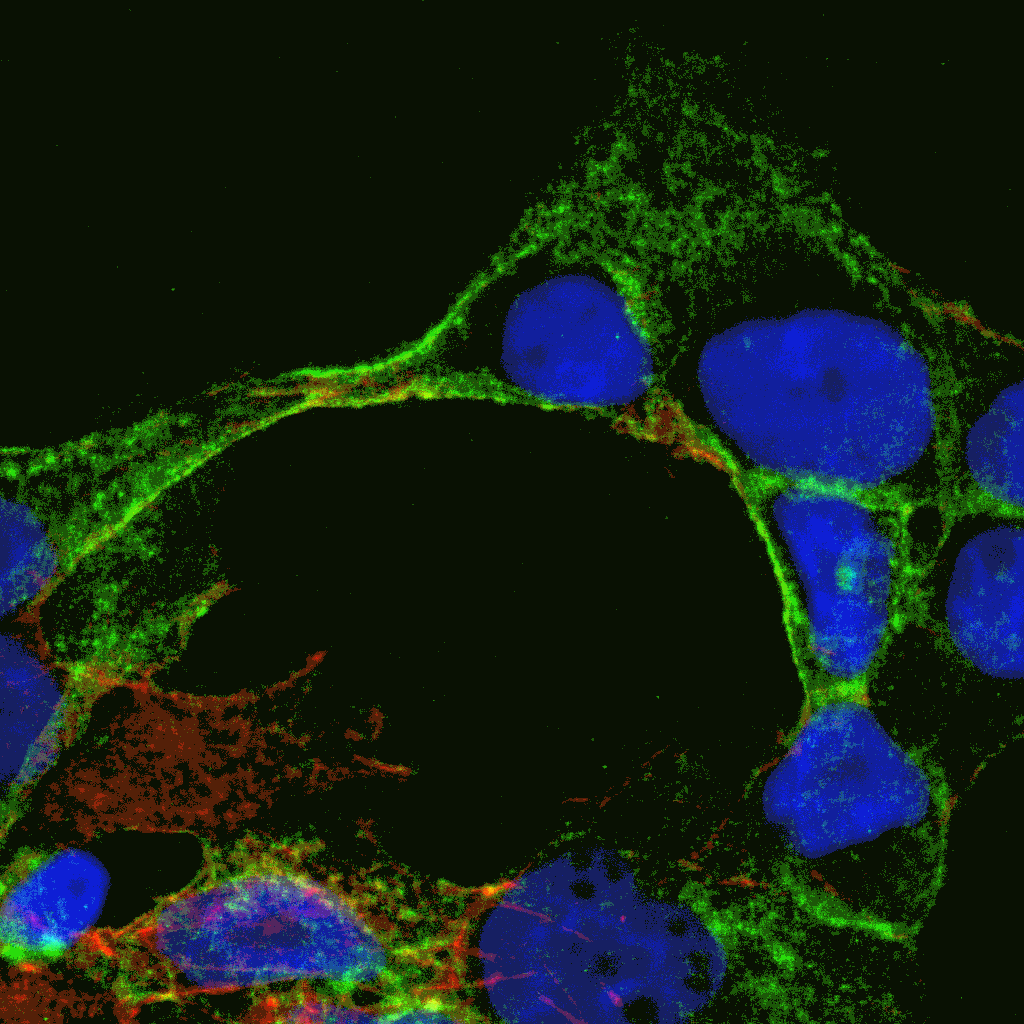The work, recently published in prestigious scientific journal PNAS, also shows that this molecule, which is transported by extracellular vesicles produced by tumor cells, directs these vesicles to the liver and lung, precisely the organs where it is common for stomach cancer metastases to appear. With these discoveries, the team contributed to the understanding of a new communication mechanism of tumor cells, thus identifying a potential new goal in developing targeted therapies to stop metastasis.
This work was coordinated by Ana Magalhães, an i3S researcher and assistant professor at the Abel Salazar Institute of Biomedical Sciences, in Porto. This line of investigation, developed in the group led by Celso Reis, aims to understand the role of glycans (sugars existing on the surface of cells) in the development of gastric cancer; a type of cancer with high mortality, as it only presents symptoms when the disease is already in an advanced state.
The team had already identified that infection with more pathogenic strains of the bacteria Helicobacter pylori, a risk factor for the development of gastric cancer, caused an increase in Syndecan 4, a molecule covered with specific glycans. “We then used samples of gastric tumours from IPO patients and found that in these tissues this molecule was very present and that its presence was associated with a worse prognosis” explains the researcher.
Segundo Bruno Costa-Silva “the results obtained indicate that the measurement of Syndecan 4 in gastric tumours can become an important auxiliary tool in predicting the aggressiveness of this disease”.
"In molecular terms, we also verified that Syndecan 4 is associated with a greater capacity for mobility and invasion of tumor cells", adds Juliana Poças, first author of the article and student of the doctoral program in Pathology and Molecular Genetics at ICBAS. The researcher explains "We realised that this molecule is packaged in extracellular vesicles (EVs) that are secreted by tumor cells (this is the way cells communicate with each other). If EVs have this molecule, they will be internalised by liver and lung cells, the organs where stomach cancer metastases are common. However, when we removed Syndecan 4 from EVs we found that we blocked its entry into lung and liver cells.”
According to Ana Magalhães, this data “reveals the potential of this molecule as a new therapeutic target in precision oncology in limiting the invasion of gastric cancer and controlling the communication of cancer cells with their close and distant surroundings”. In addition, “this molecule appears as a potential biomarker of worse prognosis in gastric cancer”.
“The ability to modify healthy organs to make them more receptive to metastatic tumor cells is commonly seen in EVs from aggressive tumours. Thus, the findings of this work indicate that, through Syndecan 4 EVs of gastric tumours, they can play a key role in the metastatic progression of this disease. The work also indicates that these vesicles can not only help in the diagnosis of patients with gastric tumours, but potentially serve as a target for new antitumour therapies.”, concludes Bruno Costa-Silva.
Image: Confocal microscopy image illustrating the immunofluorescence labeling of Syndecan-4 (green color) in a gastric carcinoma cell line. Ana Magalhães, i3S-UP
Scientific article: www.pnas.org/doi/10.1073/pnas.2214853120
Adapted from press release prepared by the Communication Unit at i3S.

